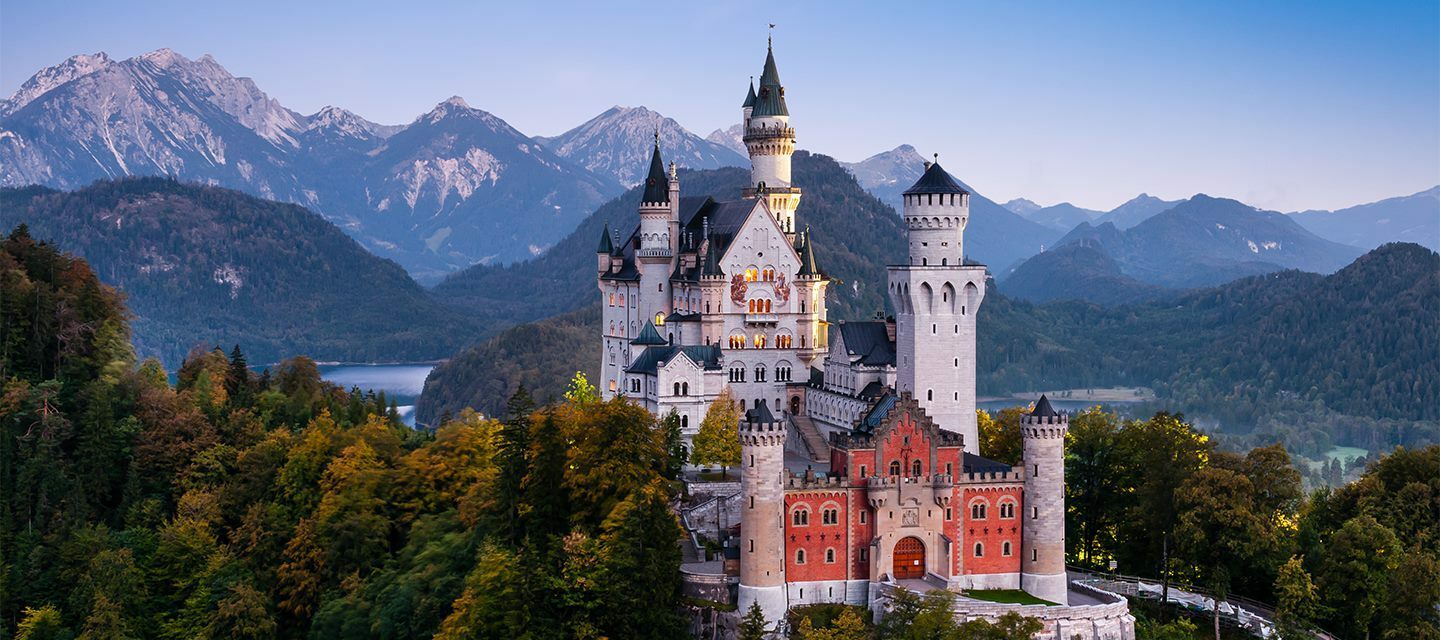Hi everyone!
We’re creating an Interrail Bucket List with all the must-do experiences while Interrailing. This can be places to visit, things to see and food to try in any one of the 33 countries offered with our Pass.
Examples include:
Austria – watch a show at Vienna’s Opera House
Greece – visit Shipwreck Bay (Zakynthos)
If you want to be featured on our website, we’d love your suggestions! Comment below your past, present and future plans for us to share. I’ll pick the best items and create a poll to get your votes on which to include for each country. Thank you!
Maria :)
Online Content Intern



